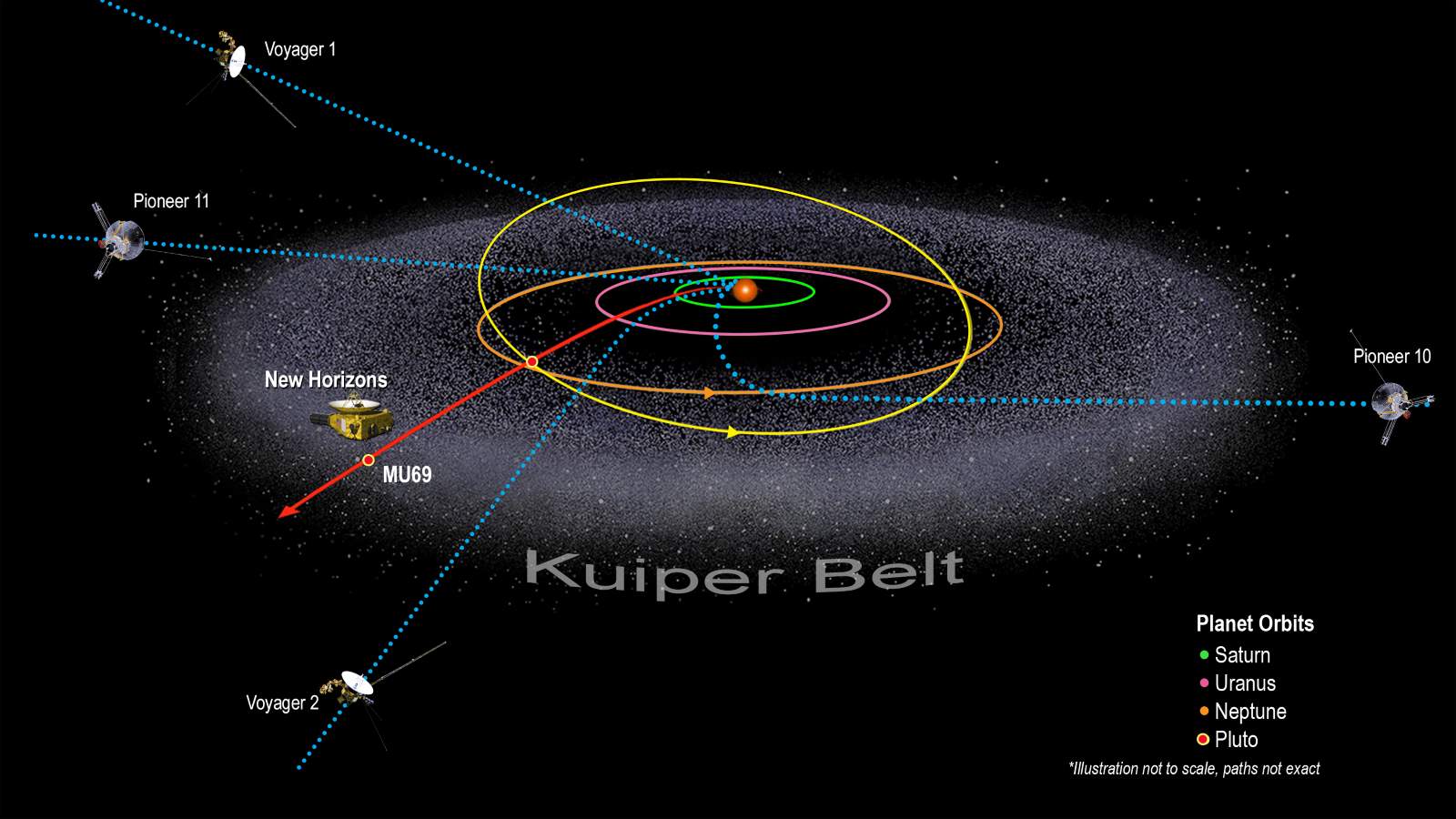On June 13, 1983, Pioneer 10 became the first spacecraft to pass beyond the orbit of Neptune. So, it is the first spacecraft to pass beyond all the solar system planets.
Today’s (June 13) story of what happened this day in Science, Technology, Astronomy, and Space Exploration history.
Pioneer 10 also became the first spacecraft to pass beyond all the planets of the Solar System. Pluto was considered a planet at that time, but that’s not the reason that it passed beyond all the solar system planets.
Pluto is usually farthest from the Sun. However, its orbit “crosses” inside of Neptune’s orbit for 20 years out of every 248 years. Pluto last crossed inside Neptune’s orbit on February 7, 1979, and temporarily became the 8th planet from the Sun. Pluto would cross back over Neptune’s orbit again on February 11, 1999, to resume its place as the 9th planet from the Sun for the next 228 years (well, maybe until it was declared not a planet anymore in 2006 by the International Astronomical Union – it is now a dwarf planet).
Pioneer 10
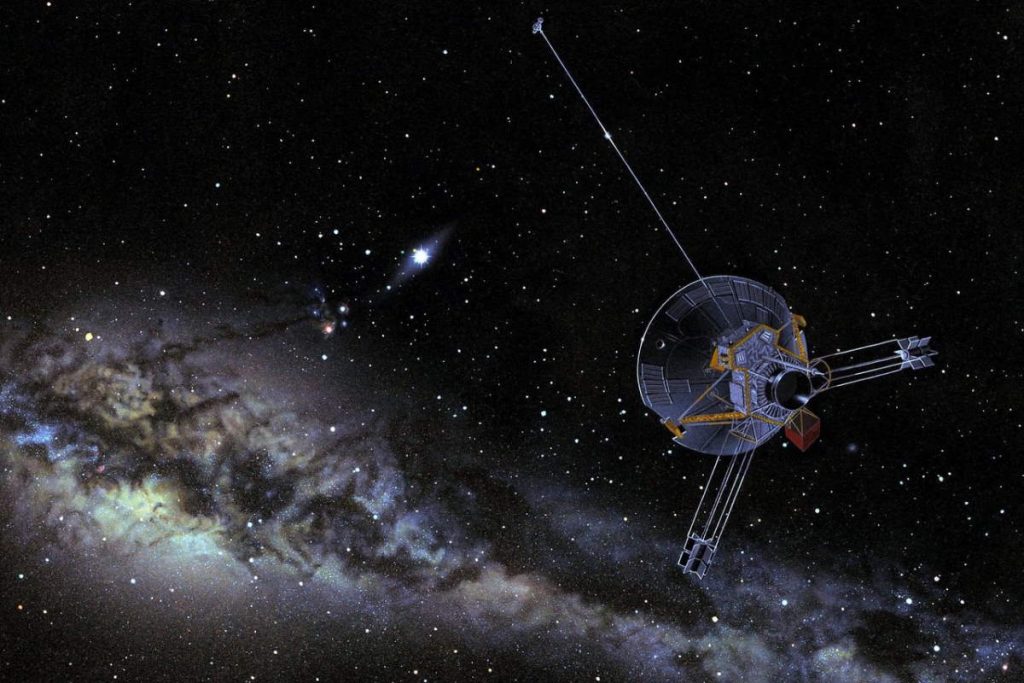
Pioneer 10 was launched on March 2, 1972. Between July 15, 1972, and February 15, 1973, it became the first spacecraft to travel through the asteroid belt.
It is the first artificial object to achieve the escape velocity that will allow it to leave the Solar System. It is also the first spacecraft to make direct observations and obtain close-up images of Jupiter. Photography of the gas giant began on November 6, 1973, at a range of about 25 million kilometers (16 million miles), and about 500 images of Jupiter and its moons were transmitted.
Pioneer 10 made its closest encounter with Jupiter on 3 December 1973, passing within 132,252 kilometers (82,178 miles) of the cloud tops.
It also took measurements of Jupiter’s magnetosphere, radiation belts, magnetic field, atmosphere, and interior. With the data provided, it was discovered that Jupiter is predominantly a liquid planet. These measurements of the intense radiation environment near Jupiter were crucial in designing the Voyager and Galileo spacecraft.
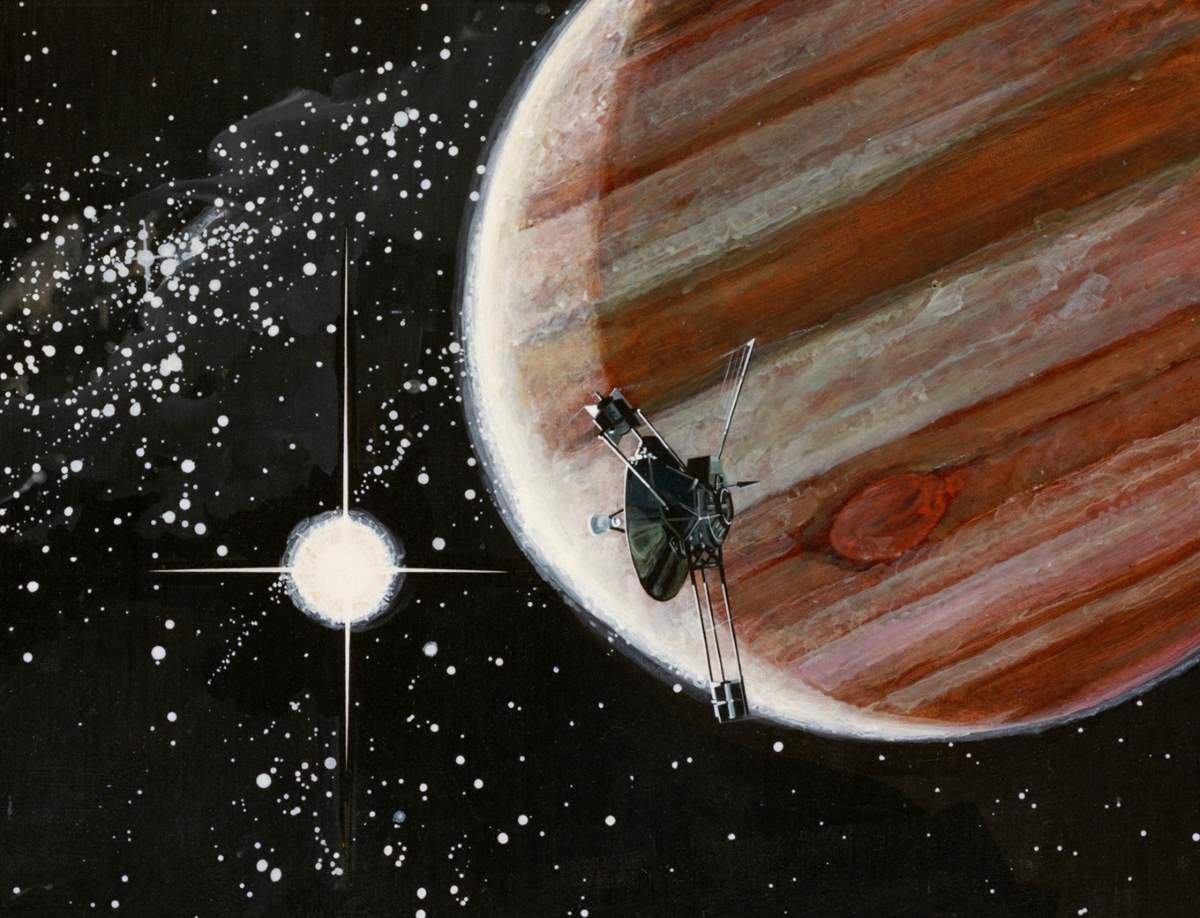
Pioneer 10’s science mission ended on March 31, 1997. So, originally designed to operate in space for at least 6 months, the Pioneers proved to be remarkably reliable, far surpassing their original mission durations.
After more than 30 years, Pioneer 10’s last, very weak signal was received on January 23, 2003. NASA engineers report that the space probe’s radioisotope power source has decayed, and it may not have enough power to send additional transmissions to Earth.

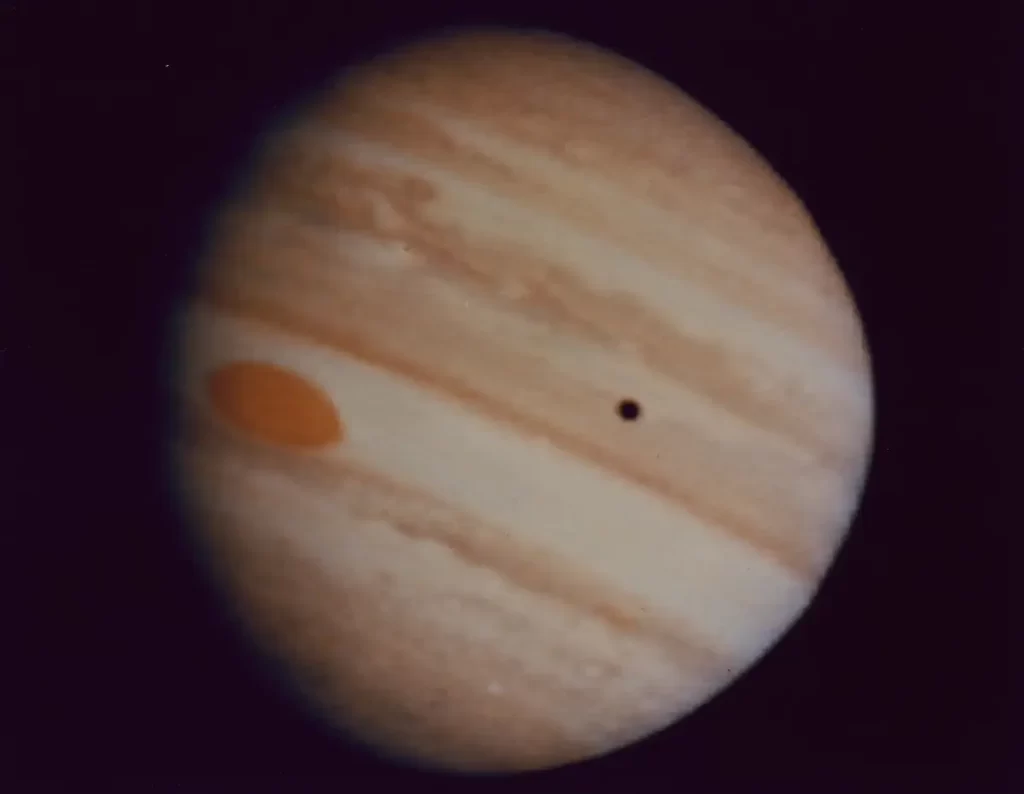
Where is Pioneer 10 now?
Pioneer 10 will continue its eternal journey silently as a ghost spaceship through deep space into interstellar space. Now, it is heading generally for the red star Aldebaran, which forms the eye of Taurus (The Bull) in the Earth’s sky.
Aldebaran is about 68 light-years away and it will take Pioneer over 2 million years to reach it.
Pioneer plaque
Pioneer 10 and Pioneer 11 carry a 152 by 229 millimeters (6.0 by 9.0 inches) gold-anodized aluminum plaque in case either spacecraft is ever found by intelligent extraterrestrial life forms. These plaques were strongly advocated by Carl Sagan (November 9, 1934 – December 20, 1996) the American astronomer and the pioneer of the Search for Extra-Terrestrial Intelligence (SETI). Sagan was very enthusiastic about the idea of sending a message with the Pioneer spacecraft.
NASA agreed to the plan and gave him three weeks to prepare a message. He designed the plaque with Frank Drake (May 28, 1930 – September 2, 2022, the American astronomer and astrophysicist), and the artwork was prepared by Linda Salzman Sagan, who was Sagan’s wife at the time.
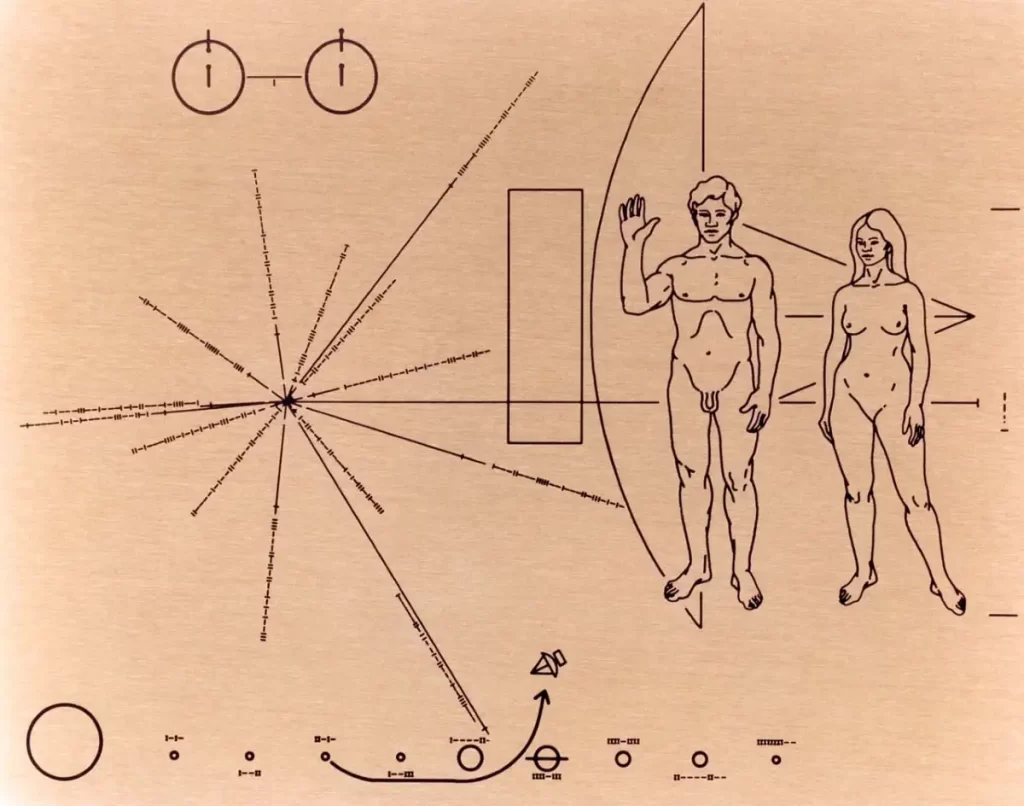
The plaques feature the figures of a human male and female along with several symbols that are designed to provide information about the origin of the spacecraft. They show the Sun and the planets, and how Pioneers 10 and 11 traveled through the planets of the solar system to eventually enter interstellar space.
Sources
- “Pioneer 10 Sends Last Signal” on the NASA website
- The Pioneer Missions on the NASA website
- Pioneer 10 on Wikipedia
- “Pioneer 10 at Jupiter” on the NASA Solar System Exploration website
- Space Shuttle Endeavour’s Touchdown Meets Columbia’s Salute [An amazing photo from the past] - February 29, 2024
- Moon Landings: All-Time List [1966-2024] - February 23, 2024
- From Orbit to Ordinary: 10 Earthly Applications of Space Technology - January 23, 2024

